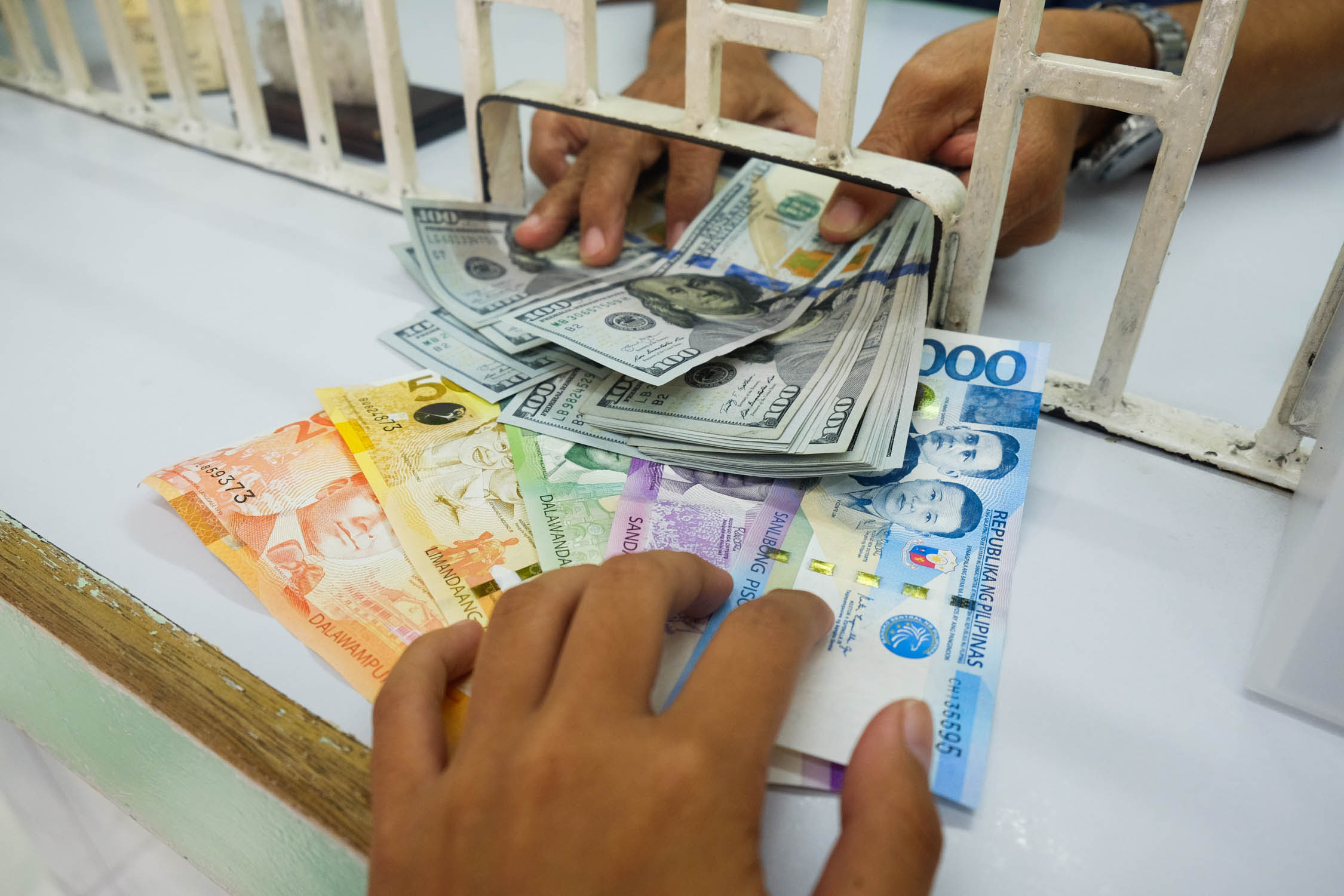Faster growth in advanced economies that host a large number of overseas Filipino workers (OFWs) will help remittances post stable growth in the coming months, boding well for the consumption-reliant Philippines, New York-based GlobalSource Partners said.
In a commentary, Diwa Guinigundo and Wilhelmina Manalac, economists at GlobalSource, agreed with the International Monetary Fund’s (IMF) outlook of “slight acceleration” in growth for advanced economies to 1.7 percent and 1.8 percent this year and next, respectively. These countries, they said, are home to many Filipino expats.
READ: BSP: Remittances growth hit 5-month high in May to $2.58B
That would help remittances sustain their growth. Guinigundo and Manalac, both former high ranking central bank officials, said money sent home by Filipinos abroad had grown by an average of 3.9 percent between 2014 and 2023, making such inflows a reliable source of dollar and purchasing power in the Philippines.
Stabilizing factor
“OFW remittances have supported the country’s current account by mitigating the chronic deficit recorded during the period … In many ways, OFW remittances help stabilize volatile capital flows and the peso-dollar exchange rate,” the analysts said.
Latest data from the Bangko Sentral ng Pilipinas (BSP) showed cash remittances coursed through banks amounted to $2.88 billion in June, up by 2.5 percent year-on-year. This was the highest inflow so far this year.
The June spike in inflows brought the six-month remittances to $16.25 billion, 2.9 percent bigger than a year ago. The BSP said the United States, Saudi Arabia and Singapore contributed mainly to the increase in the first half.
READ: 5 ways to avoid money loss on remittances to the Philippines
Indeed, remittances have been growing at around 3 percent since late 2022, with the BSP projecting the average growth of these inflows to settle at that level again in 2024. That trend made some analysts believe that growth of such transfers might be plateauing despite the weakness of the peso in the past months.
But GlobalSource’s Guinigundo and Manalac said such a trend was a display of “stability” in overseas Filipino employment and remittances, arguing that most of these workers are employed in roles like services and sales, as well as in management positions.
Moving forward, GlobalSource flagged potential weakness in advanced economies as the biggest risk to remittances.
“A reversal of fortune in the advanced economies could be ominous for overseas employment and the corresponding remittances, as well as their mitigating impact on both the real sector and the external payments position of the Philippines,” Guinigundo and Manalac said. INQ
